
Market season begins to wind down for most farms as fall rolls around. In northern states, the chill of fall comes on quickly, and it becomes harder and harder to grow profitable yields. Without seasonal extension tools, it’s time to shut it down.
However, with a little cover, most farmers have a variety of crops to pick from. Quick-growing selections, soil conditioners, and hearty roots and greens are some of the best for cooler seasons. Depending on what is chosen, there may be tending to do even as winter draws near.
It’s important to know which plants work for your farm and region. And if you’re farming in a temperate region of North America, there’s a strong likelihood you have many options.
Consider Season Extension
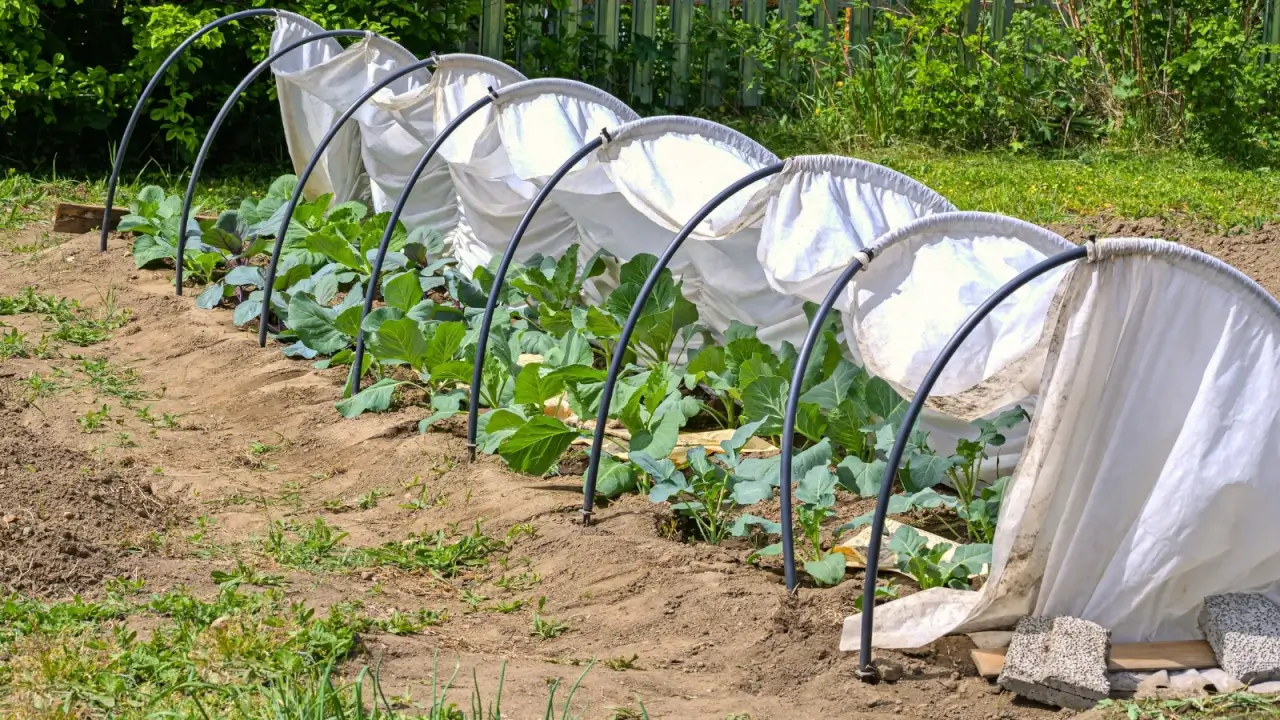

If you haven’t implemented season extenders on the farm yet, it’s worth considering them. These allow you to grow beyond terminal frost dates. Their built-in complexity is completely up to you.
Low tunnels are an easy thing to add to crop rows of plants that are frost-tolerant, but won’t survive a hard freeze. The tunnel is usually covered by frost cloth. The structure promotes heat within the tunnel that protects the soil underneath to a degree.
Cold frames are also an option, and you can make one of these with repurposed windows. They offer crops a more durable solution for cold protection. Cloches, too, are a way to keep plants warm in the cold, but they typically cover one to two plants at a time.
When you decide to include season extension on the farm, get your plans together earlier in the year, in time for preparations to begin in fall before frost occurs.
Crops for September
From root veggies to hardy greens, all the way to cover crops, there are plenty of ways to continue growing even as the weather cools and frigid temperatures set in. Take stock of what you need on the farm, and add any applicable crops.
Cover Crops
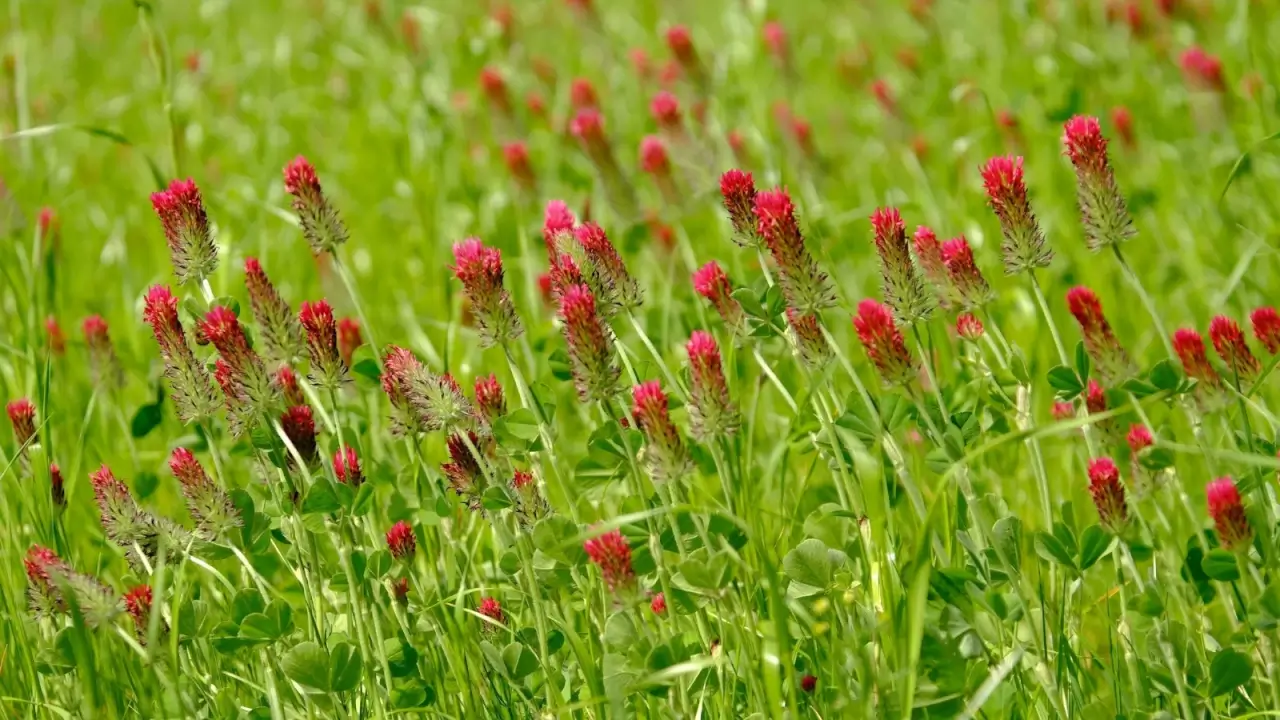

There are three types of cover crops to consider planting in September. Winter-killed crops are perfect for growers with cold fall and winter seasons, as the freezing conditions that come on kill off the crops before the season ends. The resulting debris protects and conditions the soil below, depending on which crops are chosen.
Winter-hardy crops survive through winter, and are terminated manually in spring. Attention should be paid to whether or not conditions exist that allow the crop to survive the colder seasons. Then the crops can be chopped and dropped, or crimped.
Mixed covers offer multiple benefits, each determined by the type of seeds in the mix. Some are meant to go dormant through cold, and others are killed by frost.
Beets
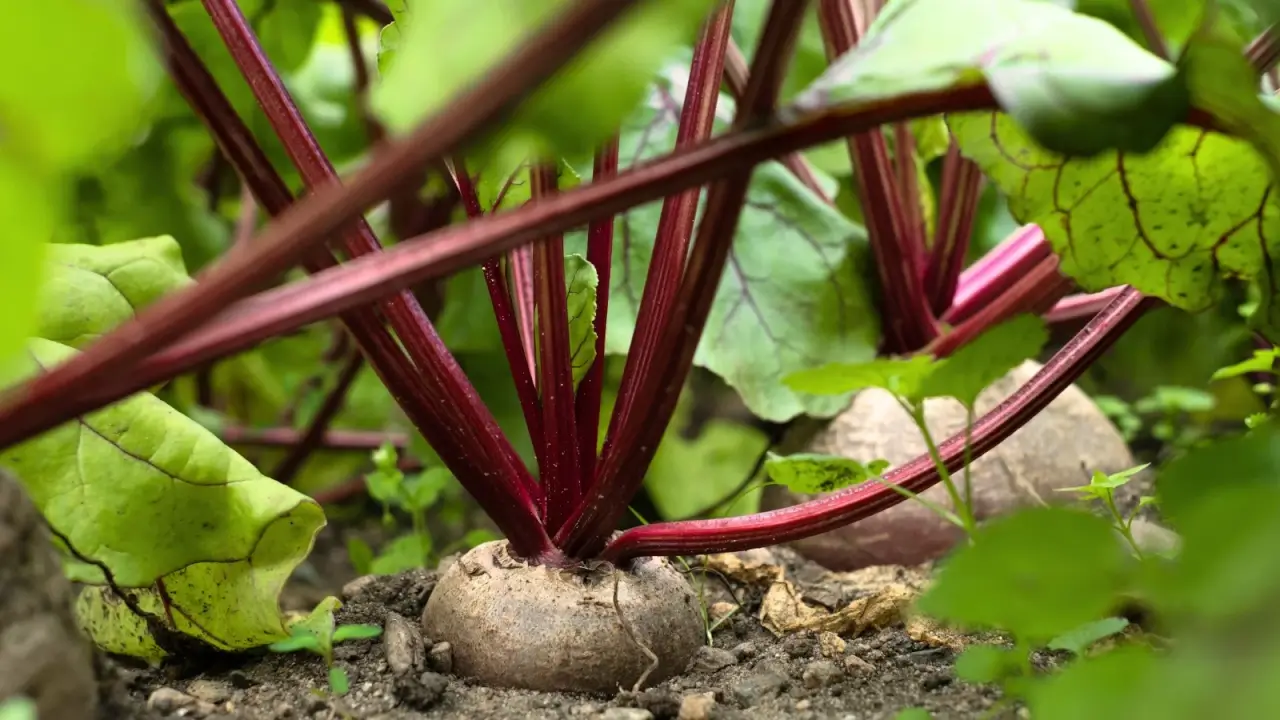

Root veggies like beets are an incredibly cold-resilient crop to grow. In areas where the cold comes later, or doesn’t come at all, successions of beets sown a couple of weeks apart offer food and revenue all winter long. Start in September, and continue sowing through March in this case.
In colder areas, protection in the coldest season is needed. Any will work, as most beets withstand light frosts even without it. In the very cold parts of winter in areas where winter is serious business, cold frames help.
In areas where cold protection isn’t present, sowing a crop of beets now is just fine. Look for varieties with maturation periods that are shorter, or harvest baby beets before the hard freezes roll in.
Lettuce
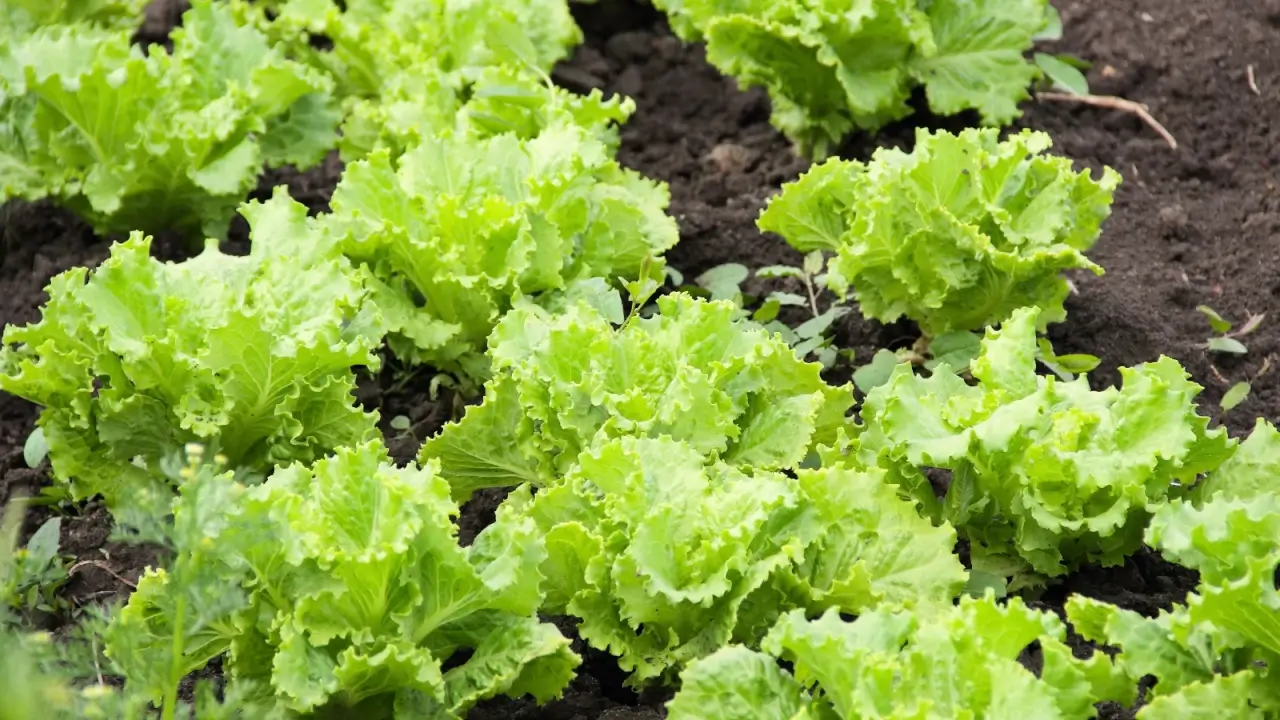

Supple and quick-growing lettuces are an easy win in late summer to early fall. Most varieties have a short number of days to maturity. Iceberg types usually don’t need more than three months for full formation. Baby greens are easy for farmers in every region.
Because lettuce is always in high demand, there is so much to pick from. Growing through frost is possible, too, as even supple greens have a little cool-weather tolerance. Just ensure the more sensitive greens have a cover when there’s a freeze.
Hardy Greens


If lettuce leaves are too sensitive for your farm in fall, there are tons of hardier selections. Collards, kale, chard, and even spinach have a greater tolerance for cold. In areas where they won’t withstand the strength of the first frost, baby greens are just fine.
Asian greens like mizuna, bok choy, and tatsoi have short maturation periods and are usually ready within one to two months. Arugula can handle temperatures down to the low 20s (~-7°C). Planting a mix of greens together gives you options for what you’ll bring to market.
Giving them protection through late fall’s chill keeps them going, and could help them perennialize in areas where the soil doesn’t freeze over winter.
Radishes
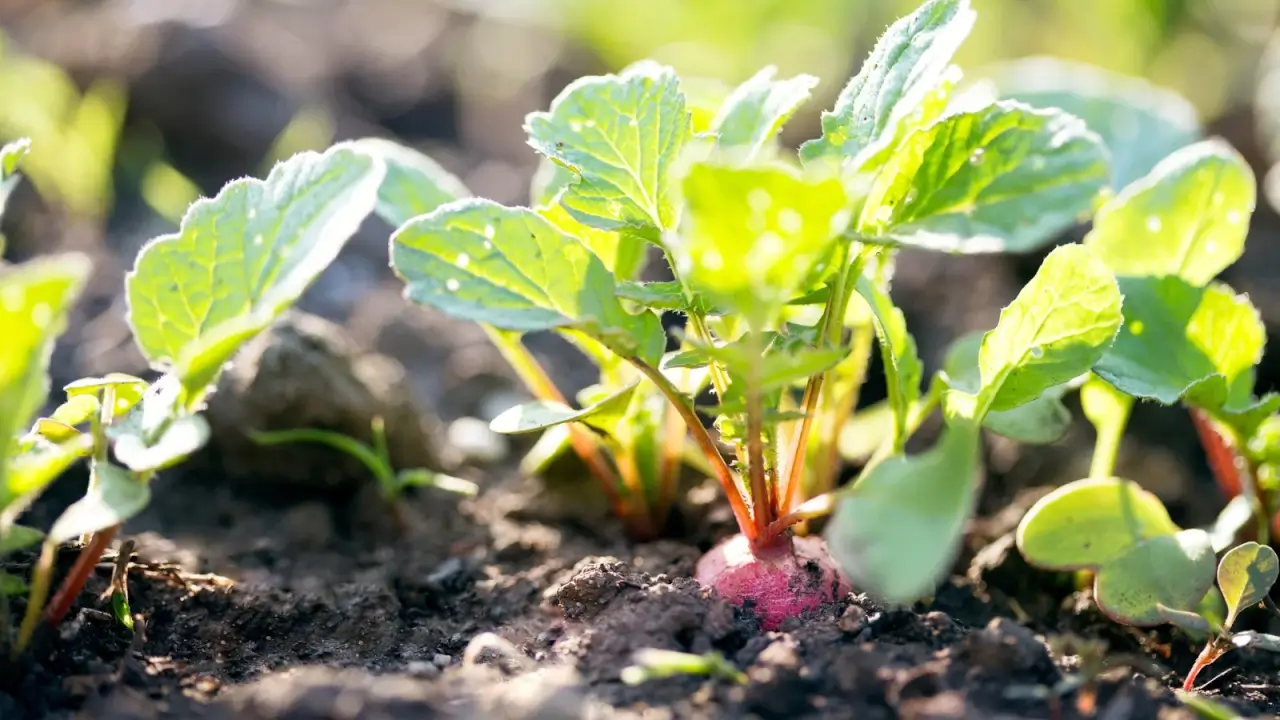

Just as beets are an option for fall growing, radishes are too. There’s little to stop you from being successful with smaller varieties like French Breakfast or Cherry Belle. These are ready within a month, meaning even farms with cold winter looming can glean another yield.
In protected areas, or those with milder cold seasons, larger, more specialized varieties are an option. Farmers with a couple of months at their disposal can grow black radishes, which offer a spicier flavor profile and a striking appearance in whatever dish they’re added to.
Sowing successions of smaller types is a great way to gather a ton before it’s impossible to grow them, whether due to cold or summer’s oncoming heat.
Grains
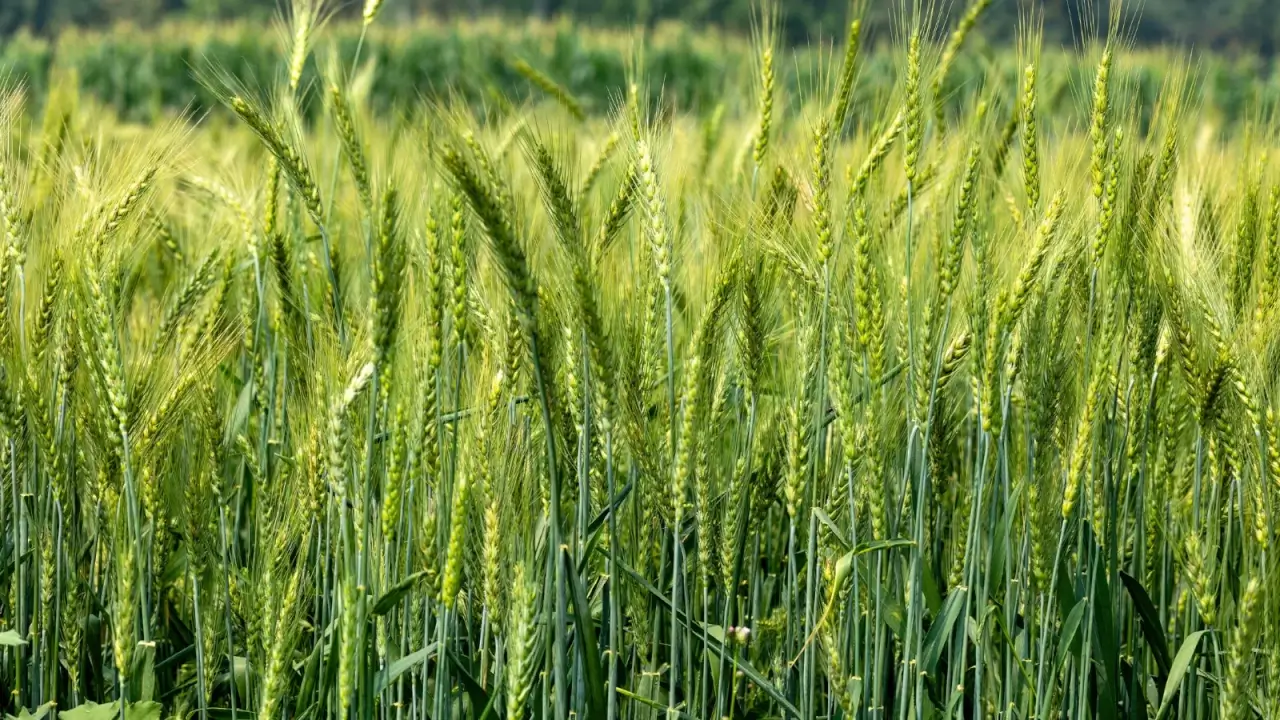

For centuries, grains have been a staple of cold-weather growing. For instance, the Whole Grains Council recognizes September as Rice and Wild Rice Month. While these plants are very different, they both are viable crops to sow in September.
If you want to get more out of your cover crop, oats are a good crop for farms in areas that get a cold (but not too cold) winter. Rye is a resilient crop even in colder areas. Winter wheat is a standby for growers all over and provides cover for fields, protecting the soil when freezes arrive.
Pick a grain that adapts well to your region and matures in time for you to do the work before spring picks up.
Cool Season Grasses
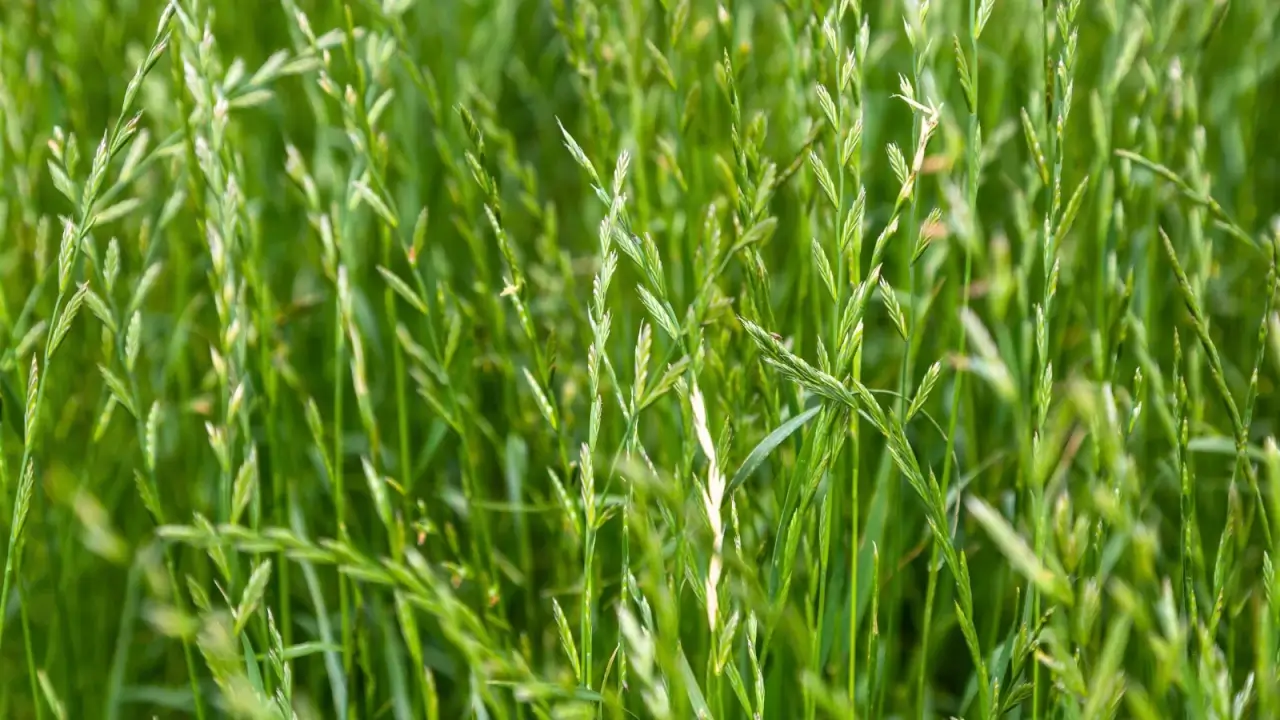

Ranchland is not exempt from this list. It is possible to have a year-round supply of forage for livestock. Plant ryegrass in September to provide for herds in colder seasons. Kentucky bluegrass and tall fescue are other viable options.
The only thing to note before planting these is whether or not you’re working with NCRS. If you want to maintain a regenerative ranch, always plant cool-season native grasses and avoid those that spread into natural areas, pushing out other plants.
Garlic


Bulbous garlic is an easy win in home gardens and farms alike. Due to its size, it can be interplanted with beets and greens. Even orchards benefit from garlic plantings. While farms with later frosts should wait to plant, those with a quick onset of frost can plant now.
It will take roughly nine months for garlic to fully mature, but it’s worth it. Specialty bulbs go for quite a bit in the commercial realm. Having some to enjoy yourself is wonderful too. The great thing about garlic is that it keeps on giving. You’ll have plenty to share, sell, or keep for seed to plant next fall.
Carrots and Parsnips
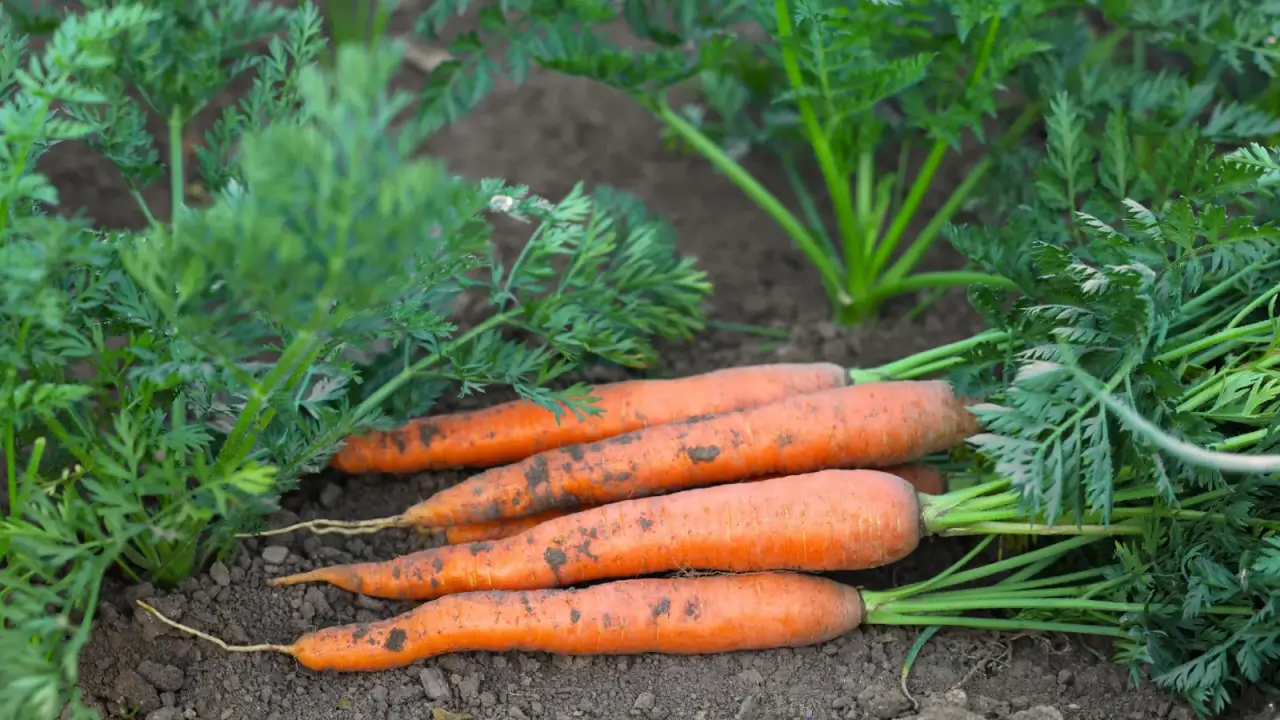

In mild cold areas, overwintering carrots and parsnips is easy, especially with the added shelter of a cold frame, cloche, or low tunnel. Farms in northern regions need to pay close attention to days to maturity, ensuring they’ve factored in the first frost date.
Plant them at the right time, and you’ll have tons of roots to enjoy. Where freezes are few, successions yield pounds and pounds of taproots waiting for the farmers’ market or the specialty produce buyer. These are highly nutritious and desirable veggies.
In regions with a quick onset of cold, choose varieties that produce smaller roots.
How to Grow a Cover Crop This Fall
Replenish your soil with plants that give back.
…
modernfarmer.com
Feed Name : Modern Farmer
Food
hashtags : #Crops #Sow #September






Leave A Comment